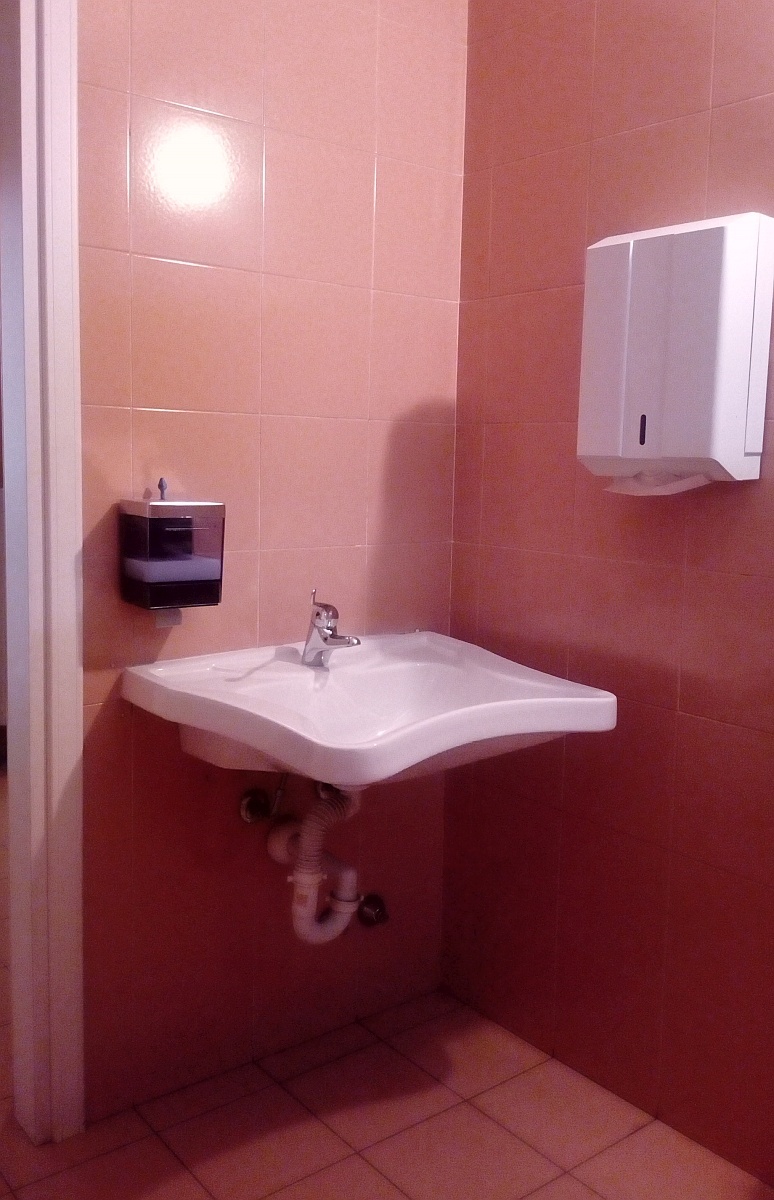Porta Sant’Agostino has been the main entrance to the Upper Town – Città Alta – for a very long time, both for the inhabitants of Bergamo who went up from Borgo Pignolo and for those who came from Venice. Even today, this passage represents the most commonly used way to move from the Upper Town to the Lower Town and backwards, walking or using public and private transportation.
The Gate was named after the Monastery nearby, which today houses one of the seats of Bergamo University and whose ex-church was recently restored to host the Lecture Hall.
The building of the passage can be dated back approximately to 1575, while the masonry arches on which the Venetian Chief Magistrate Alvise Contarini built the access street lies on in 1780, to replace a wooden drawbridge. On the first floor of the Gate there is a wide room, which used to house the sentries on guard: today, it is used to host concerts or exhibitions from time to time.
On the opposite side of the street, aligned with the middle entrance, a fountain was realized uphill the Gate, making the access to Città Alta even more beautiful. The street that we call Viale Vittorio Emanuele was build in 1838, on the occasion of the visit of the Austrian Emperor Ferdinand I: it goes up from the centre of the city to the ancient district of Borgo Pignolo, right in front of Sant’Agostino Gate. Not far from this monumental passage you can also find the Noca pedestrian street, which allows you to reach very quickly the Accademia Carrara, one of the most important Italian picture galleries.
Like the other gates of the Walls, every night at 10 Sant’Agostino Gate used to be closed to guarantee the city’s safety.
Porta Sant’Agostino has been the main entrance to the Upper Town – Città Alta – for a very long time, both for the inhabitants of Bergamo who went up from Borgo Pignolo and for those who came from Venice. Even today, this passage represents the most commonly used way to move from the Upper Town to the Lower Town and backwards, walking or using public and private transportation.
The Gate was named after the Monastery nearby, which today houses one of the seats of Bergamo University and whose ex-church was recently restored to host the Lecture Hall.
The building of the passage can be dated back approximately to 1575, while the masonry arches on which the Venetian Chief Magistrate Alvise Contarini built the access street lies on in 1780, to replace a wooden drawbridge. On the first floor of the Gate there is a wide room, which used to house the sentries on guard: today, it is used to host concerts or exhibitions from time to time.
On the opposite side of the street, aligned with the middle entrance, a fountain was realized uphill the Gate, making the access to Città Alta even more beautiful. The street that we call Viale Vittorio Emanuele was build in 1838, on the occasion of the visit of the Austrian Emperor Ferdinand I: it goes up from the centre of the city to the ancient district of Borgo Pignolo, right in front of Sant’Agostino Gate. Not far from this monumental passage you can also find the Noca pedestrian street, which allows you to reach very quickly the Accademia Carrara, one of the most important Italian picture galleries.
Like the other gates of the Walls, every night at 10 Sant’Agostino Gate used to be closed to guarantee the city’s safety.
Getting there
200 metres away (parking along via Fara): no reserved spaces
120 metres away: bus stop line 1 (via Vittorio Emanuele); step height 17cm; bus equipped with manual platform.
footpath from parking and bus stops: with uphill section (slope 6%); pavements in porphyry and stone slats; no tactile ground surface indicators
Entering
side entrance to the left of the main entrance: threshold 5cm; door width (with two doors) 120cm
The entrance floor leads to the exhibition spaces on the 1st floor via a stair lift
Visiting
Room for temporary exhibitions and conventions on the 1st floor accessible through two stair lifts and on level ground
Two platform stair lifts with 290kg capacity
Using the bathroom
Accessible bathroom in the basement accessible via stair lift: 90cm door with external opening; toilet height 51cm, with handles; washbasin height 82-75cm, without mirror
accessible in autonomy
accessible with companion
Gallery
Fermata del bus lungo Viale Vittorio Emanuele.
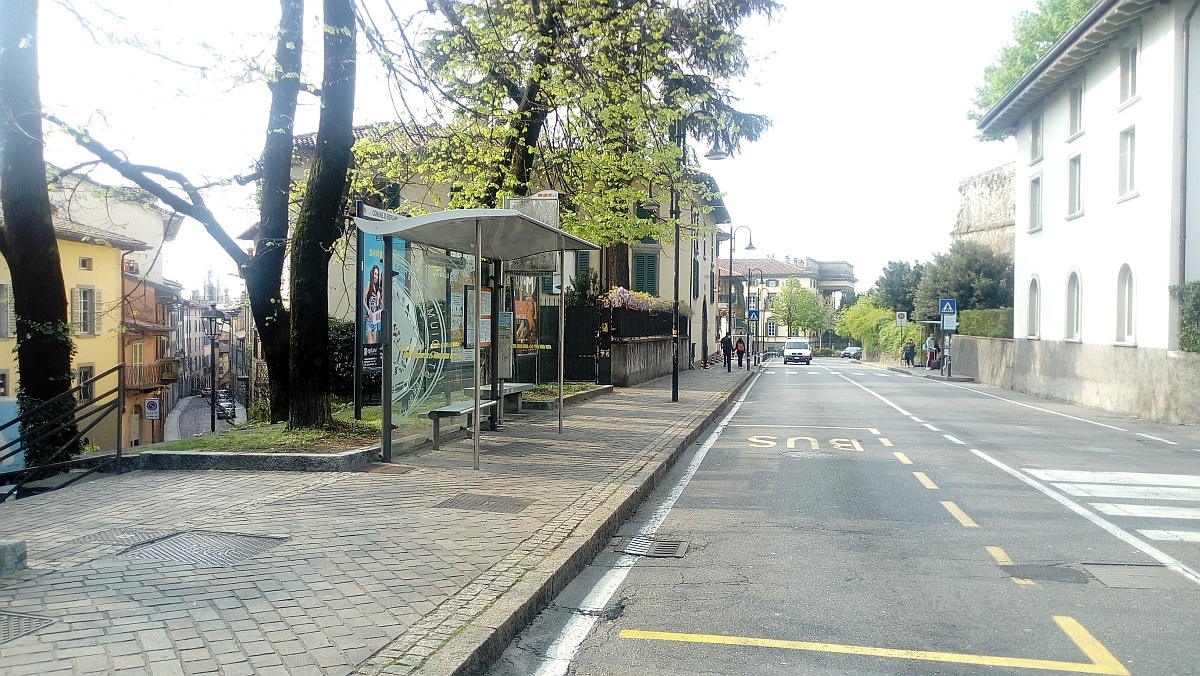
Percorso di avvicinamento alla Porta.
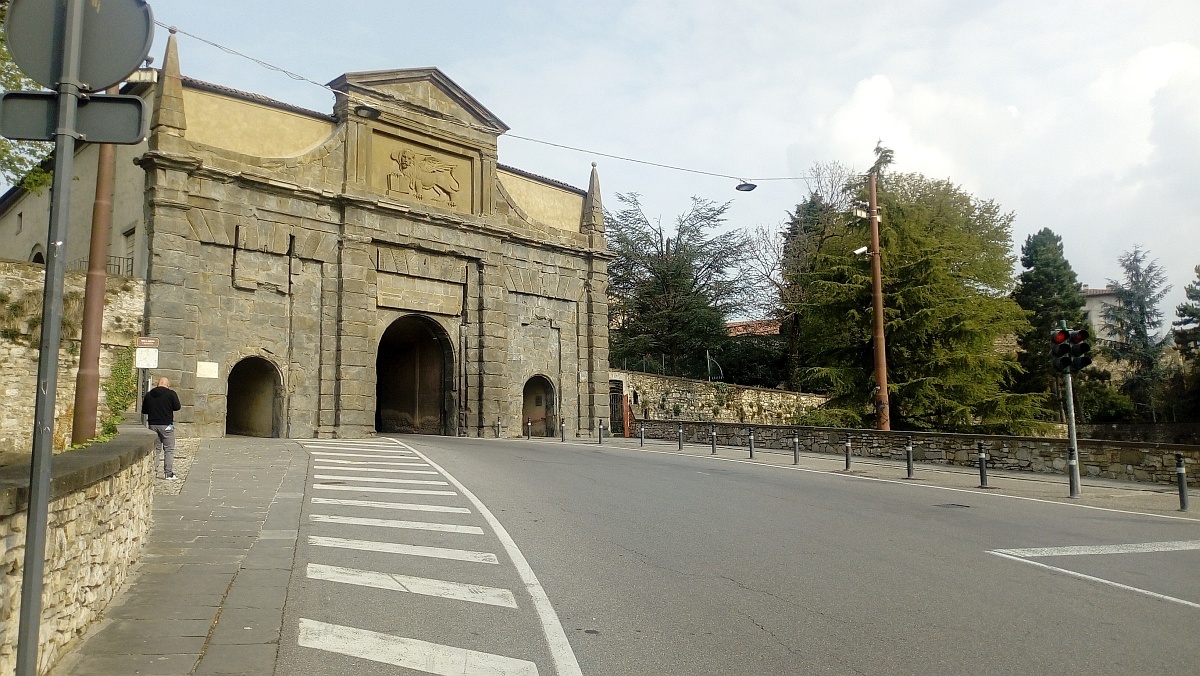
Porta d'ingresso accessibile.
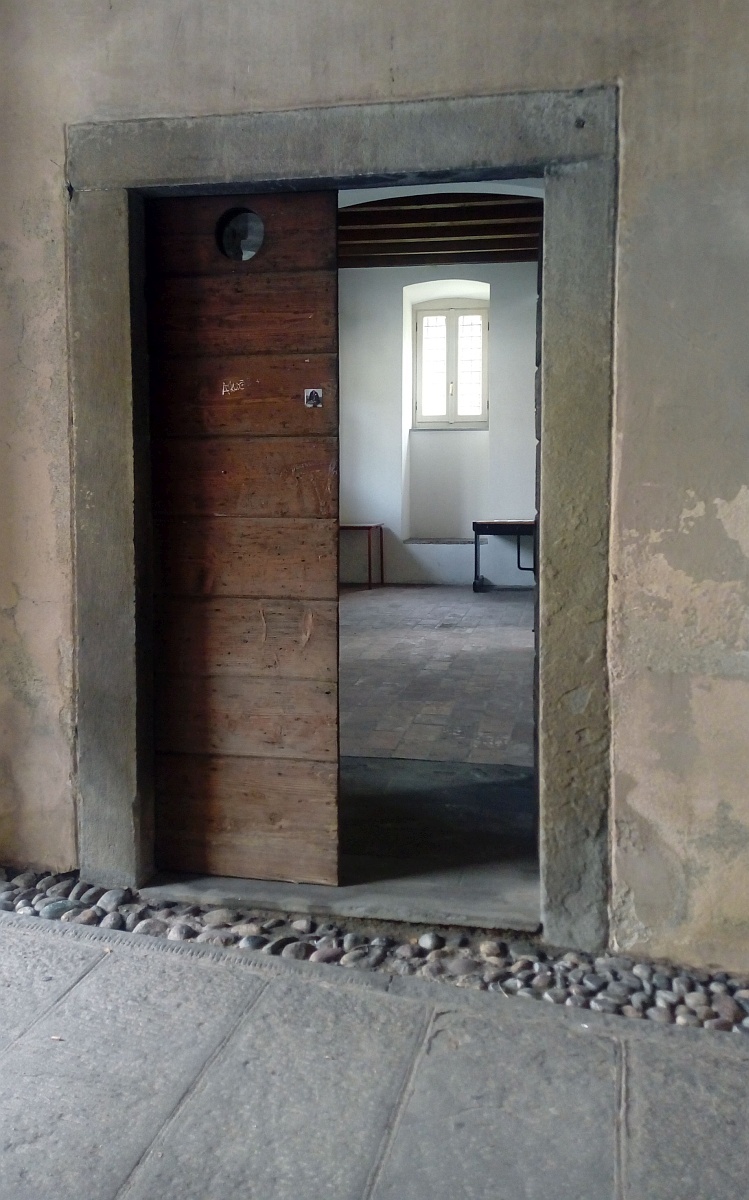
Montascale per il primo piano.
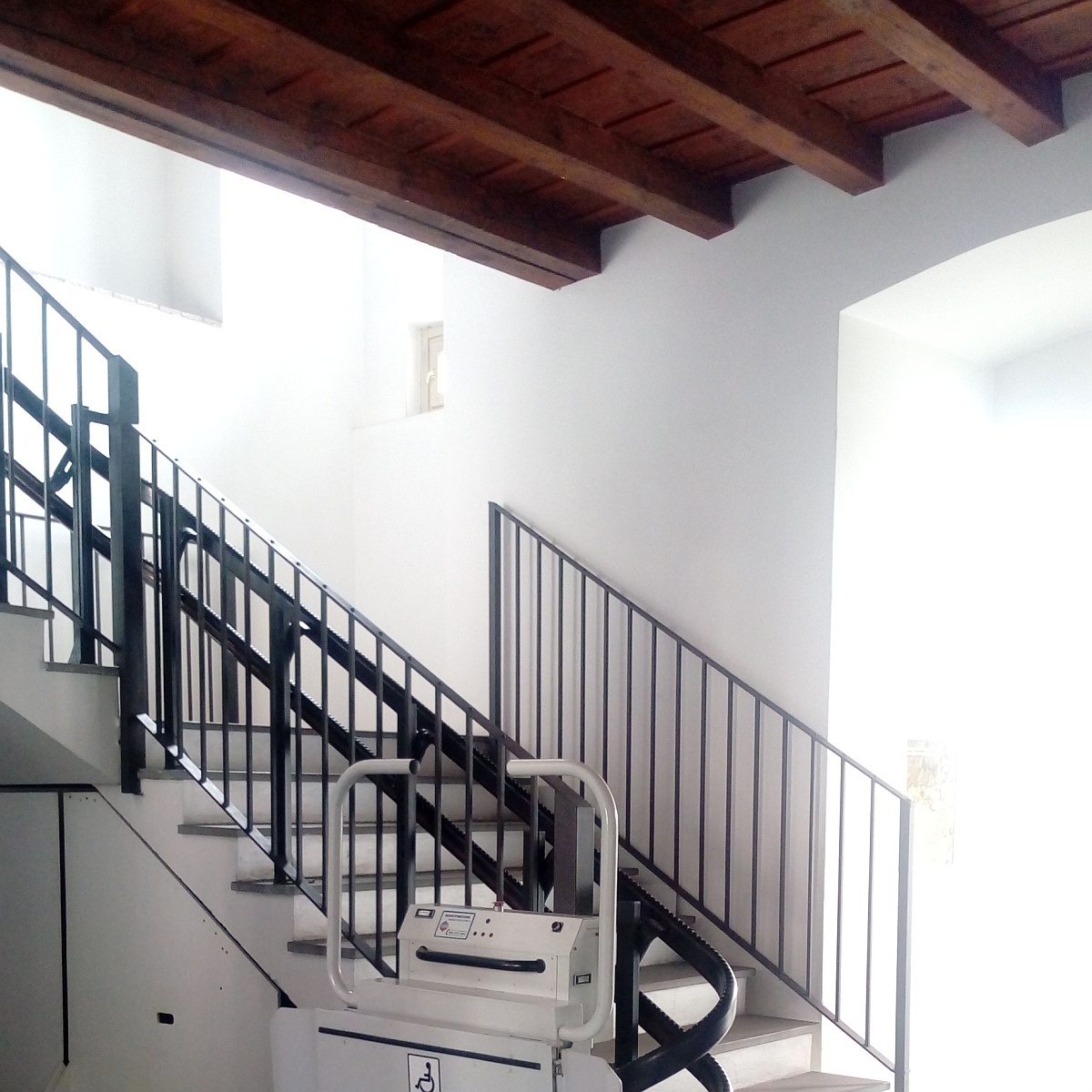
Montascale 2 per il primo piano.
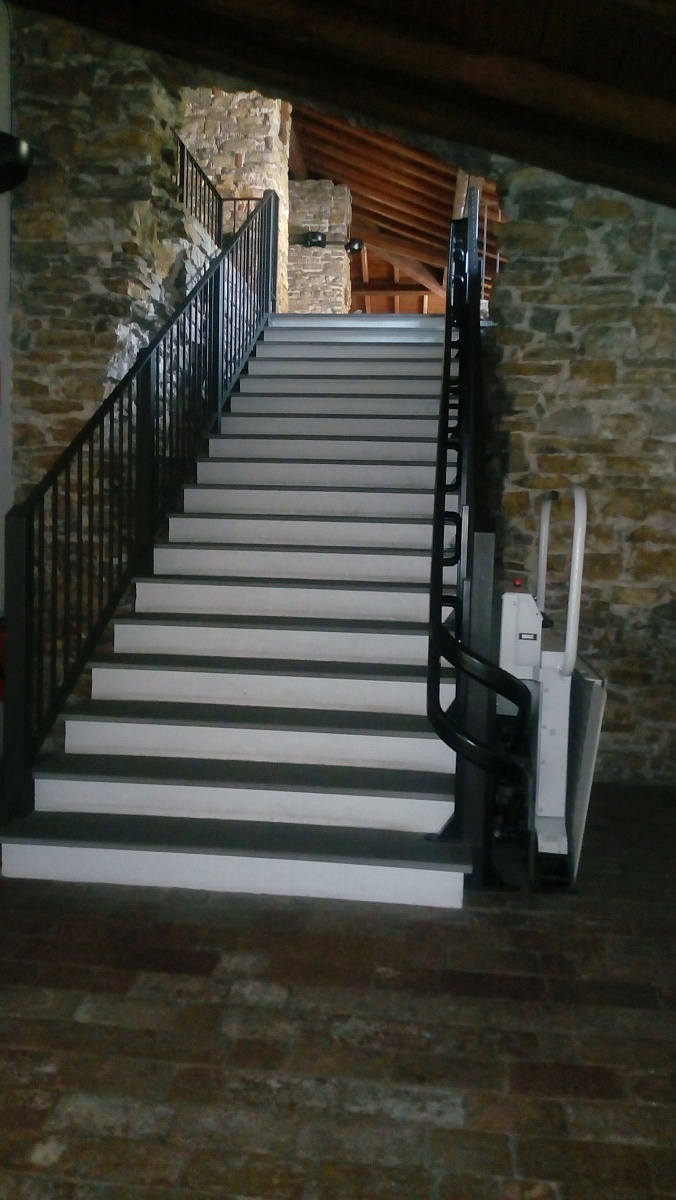
Sala espositiva.
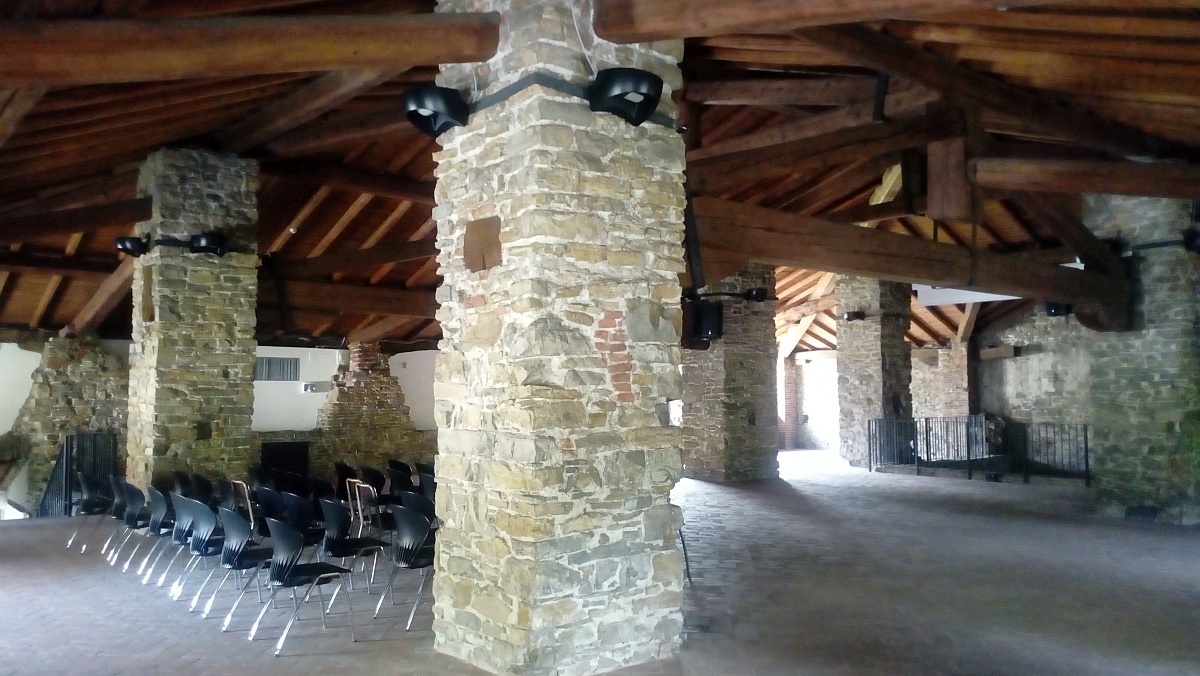
Bagno accessibile.
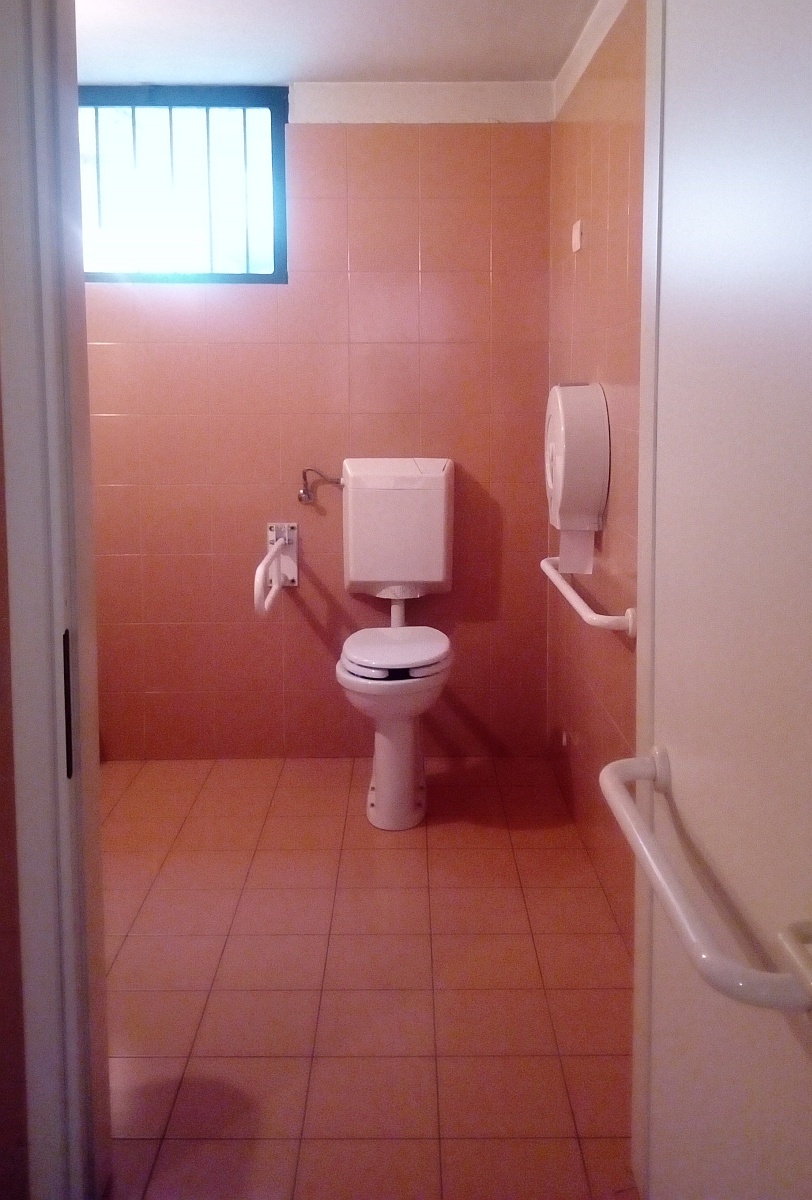
Bagno accessibile.
